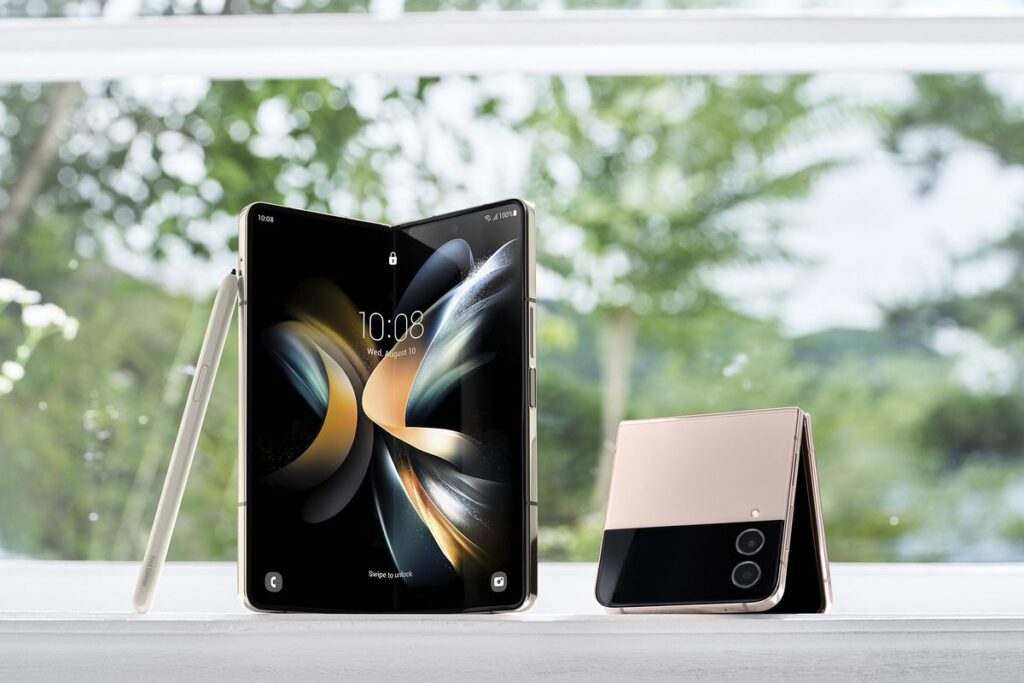Where is the Mobile Market Heading?
Smartphones are essential parts of our lives now. All of use them to stay connected with family and friends, to learn, work, and play. The technology has seen a rapid change in the last couple of decades. From the green screens of yesteryears to mobile baking and internet now, it has been a long journey for sure. We can now video chat with anyone, run our business, and receive and send money easily. Mobile phones are now also used for marketing to boost business and ROI.
One thing is certain. We are going to see many more advancements and developments, both technically, and for the consumer. It is going to be an exciting ride.
Here are some of the areas where we might see key growth in the future –
1. Wearables
There are all types of wearable devices out there – watches, wristbands, fitness trackers, and body-mounted sensors. The International Data Foundation has predicted that 520 million of these devices are likely to be shipped by the end of 2023, which is a 5.6% growth over 2022. Wearables are more than just a fun accessory. For example, smart watches can help us monitor our health. Wearables have also played an important part in detecting early symptoms and signs during the Covid-19 pandemic.
But this is just the start. We are sure to see many more advances here, in fitness tracking, healthcare, biometric authentication, and augmented reality. There will be many applications even in the workplace. The wearables of tomorrow will be lighter, slimmer, and have better battery life. They will also be more durable and water-resistant.
2. Foldable Devices
Foldable phones are already here. There is Samsung’s Galaxy Fold and Galaxy Flip. Motorola and Huawei also have their models. The price is stiff and the quality is also inconsistent, which is why many consumers are yet to purchase them. However, there is immense potential here. Materials and the hinge mechanism are sure to improve, making them better and more affordable for most people.
In the future, the foldable devices will have a larger display, which can revolutionize productivity. This may let the professionals create digital drawings. In the office, it may help us take notes and multi-task. Many experts are even saying that with time, the foldable devices may evolve to become like the laptops of today.
3. Mobile App Advertisement and Monetization
Mobile-app advertising and monetization are evolving. There are already subscription-based apps for premium features, services, and content. Services like Spotify and Netflix has made this popular. Mobile app sponsorships are also likely to pick up. In the future, business may app the developers for displaying their message within the app. The advertisements will be so integrated that they will feel like a part of the app itself. In this way, partnerships can help the app developers to earn good revenue.
Mobile app advertising may also have a more data-driven and personalized approach. With machine learning and data analytics, the advertisers of the future will be able to better analyze user preferences and behavior, which will help them deliver more targeted ads. Here are some likely mobile marketing trends.
4. Education
Smartphones have become common in education since the pandemic. They are helping students to access learning resources, take notes, and collaborate with their teachers and classmates. In the future, we are sure to see many more innovative uses of these devices in education.
Mobile learning will aid self-paced learning, it will be cost-effective, it will promote visual learning, and will allow immediate access to learning materials. Students will also gain from personalization. It will aid individual needs. In the future, a lot of education is sure to be imparted over the mobile network, thus reducing the need of the students to travel and stay in distant places.
5. Holographic Displays
Holographic displays are popular in futuristic cinemas and sci-fi productions like Star Wars and Iron Man. With the development of recent prototypes, this technology may only be a few years away.
The Holoflex prototype was recently unveiled by the researchers of Canada’s Queen’s University. It merges holographics and flexibility, which allows the users to bend their devices and explore 3D displays from different angles. They can also engage with on-screen images.
6. Advancements in Camera
The mobile camera has come a long way already. The high pixel cameras in mobile phones are taking better pictures compared to the conventional cameras and as a result, the sales figures of the traditional camera has seen a sharp drop in recent years. Excellent optics has made this happen.
This trend is likely to continue. Even better smartphone cameras are sure to come out. The focus is going to be both on the front and the rear shooter. We can expect innovations in sensors, zoom, Artificial Intelligence, and stabilization. The camera may also be so nicely concealed in the smartphone of the future, that they may not be even visible to the naked eye.
7. Convergence
Within a few years, we are also likely to see a convergence of the smartphone with other devices like tablets, wearables, and laptops. As a result, we may have one single device that will be able to do everything. It may feel like science-fiction now but the future is surely heading this way.
The smartphone is certainly here to stay. It has only been around for a few years. Imagine a future 50 years from now and the different ways in which it will be able to help us. It will surely impact almost every area of our lives – education, healthcare, business, marketing, gaming, and entertainment. Today, we may not even be able to imagine how it will impact our lives.




























